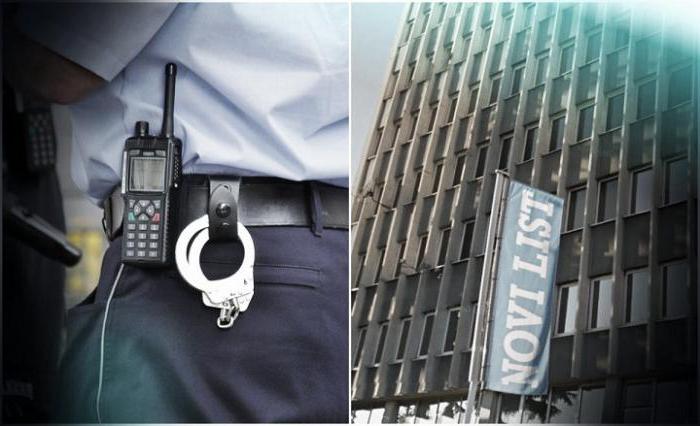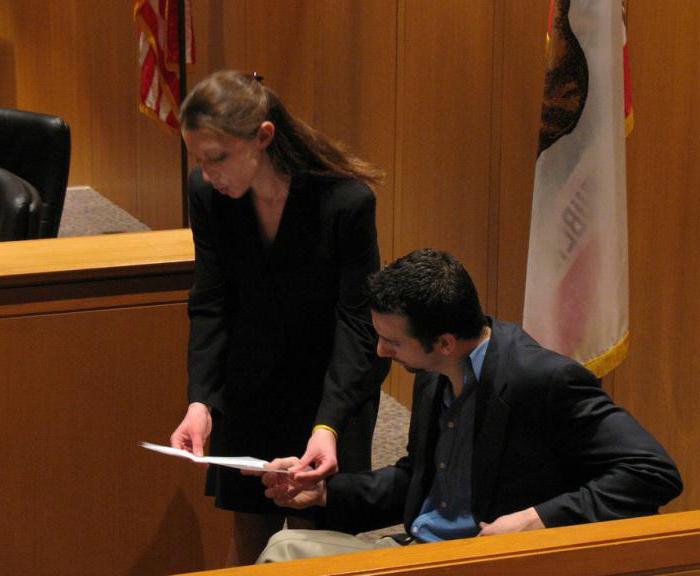The protocol of the investigative action is the most important procedural document, without which not a single criminal case can do. That is why during the investigation (interrogation, confrontation, etc.) it is important to draw it up correctly. An incorrectly executed protocol of investigative action is not a source of evidence.

Protocols of investigative and judicial actions as evidence are most often attached to the case file.
The concept of protocol in criminal procedure law
A protocol is a written act having the status of a document where, in a strictly defined procedural order, due to direct or indirect perception, information is recorded that must be proved in each criminal case. Indeed, according to Article 83 of the Code of Criminal Procedure of the Russian Federation, a protocol as a type of evidence can be attached to a case and is subject to consideration by a court only if the document is in full compliance with the requirements.
It is important to consider that not every protocol of investigative action is subject to inclusion in the evidence. For example, the protocol for the presentation of case materials for the purpose of familiarization does not establish any significant circumstances.

Another point of view in criminal procedural law does not include the protocols of interrogation of witnesses, victims, specialists as evidence, since a special role here belongs to the direct testimony of the participants of the USP (criminal proceedings).
Types of protocols in SCP
A large number of procedural acts committed by competent authorities: a court, an investigator, body of inquiry and so on led to a variety of protocols in procedural activities.
Protocols of investigative and judicial actions are divided into the following types:
- investigative inspection of the facility;
- investigative search;
- notches;
- investigative presentation for identification of an object, a corpse;
- surveys;
- investigative experiment;
- suspect detention;
- seizure of correspondence;
- monitoring and recording negotiations;
- court hearing;
- separate judicial actions.
Protocol Content
Protocols of investigative procedural actions have a pronounced specificity of content. This type of document contains information only on those facts and circumstances that are relevant to a particular criminal case. The information reflected in the protocol can be obtained only as a result of a particular investigative or judicial action.
The attached information shows the role in the USP and the degree of necessity in the process of proving each document, for example, the document for examining the witness and the protocol of the investigative action have significant differences in the content. The Criminal Procedure Code of the Russian Federation clearly delineates the scope of these documents by fixing the latter as one of the sources of evidence.

Verification and evaluation of the protocol
One of the most important features of the proofing process is verification and assessment of evidence which also has a protocol of investigative actions. The evidence has no predetermined force, therefore the protocols, like any other source, are subject to verification and evaluation by the authorities of the judicial proceedings.
The assessment is characterized by establishing a connection between the actual data reflected in the protocol and the actual circumstances that actually happened.During verification, special attention is paid to the properties of admissibility and reliability.
- Admissibility - the possibility of attaching evidence to a criminal case. This property implies the absence of illegal actions upon receipt of a particular source of evidence.
- Reliability - compliance of the reflected information with real circumstances.

Particular attention is paid to the requirements for the design of the protocol. So, the determination of admissibility and reliability depends on the comments that were received from the participants (the victim, witness, specialist, witnesses, etc.) during the course of the investigative or judicial action. Comments can be of any nature: regarding the order of conduct, the results of actions, the correct recording of the results, the procedure for clarifying rights and legitimate interests.
Witness interrogation protocols and other types of protocols: first difference
As mentioned earlier, protocols as a type of evidence should be distinguished from protocols for examining witnesses, a victim, a specialist, an expert, an accused, and so on.
The first difference is expressed in the nature of the information that is recorded in a particular document. The protocol of the investigative action reflects the factual information that has been identified, discovered or perceived by the participants in criminal proceedings who are responsible for carrying out the investigative or judicial action. As for the witness interrogation protocol, the incoming information is not perceived by the investigator, interrogating officer or other authority, but by the person who is being interrogated or provides an opinion on the results of the examination.

The second difference is largely due to the first feature of the compilation of protocols of interrogation and investigative actions. In the first case, a person is able to repeatedly reproduce information relevant to a criminal case. Since the subjects of interrogation are individuals, the government body directing the proceedings may repeatedly call a witness to testify. For this reason, criminal procedural legislation less strictly regulates the procedural procedure for the implementation of actions. The witness is questioned in the absence of witnesses. If other persons are present at the testimony, then there are no requirements for the protocol of interrogation of the witness regarding the mandatory signing of the document by these persons.
Witness interrogation protocols and other types of protocols: second difference
The protocol of the investigative action is characterized by more stringent design criteria. So, this procedural document must be drawn up by an authorized person, contain all the details, correctly reflect the procedure for the actions taken, and so on.
Consequences of violations in the protocol
The Code of Criminal Procedure defines both general and special requirements regarding the documents in question, for example, in Art. 122, 152, 160 are the rules related to the specifics of the investigative actions.

Violations of a different nature made during the preparation of the protocol (in design, content, on compliance with real events) entail the inadmissibility of its use in criminal proceedings. Moreover, the lack of mention in the protocol’s content about the need to clarify the rights and legitimate interests of the victim / suspect / witness means its invalidity and unreliability as one of the sources of evidence.
The role of technical means in the preparation of the protocol
The Criminal Procedure Law permits the use of technical means in order to fix the data received, which must be noted. The result of the use of each technical tool is embodied in nature, since a special role in recording data is played by audio recording, video recording, casts, prints and so on.In addition to complex technical devices, a participant in legal proceedings on the part of the authorities can also use plans, drawings, drawings, diagrams.
Means of fixation are not an independent source of evidence, because they are provided by the criminal law as an addition to the protocol.
Protocol Design
Any protocol in criminal proceedings must be drawn up according to certain requirements. For example, the protocol on completion of investigative actions, in addition to the substantive part, should have:
- Title.
- Indication of the city where the document was drawn up.
- Date of compilation (time is also indicated in the detention protocol).
- Signature of the originator and other persons (interrogated, witness, witness and so on).
- Regulatory framework.
Mistakes made in the execution of the protocol of the investigative action also entail its invalidity and inability to continue to participate in criminal proceedings.

